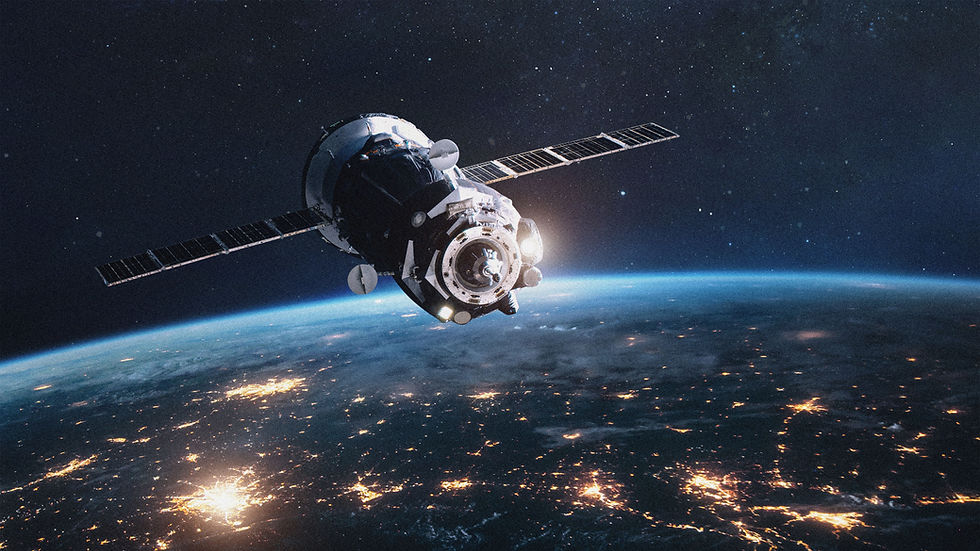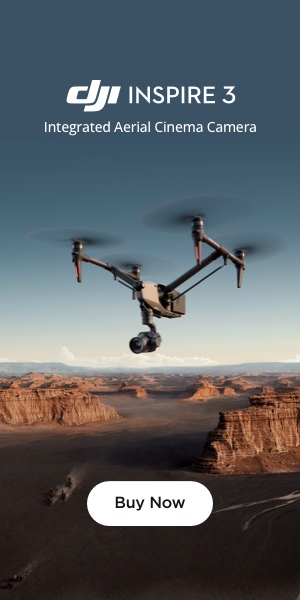The Power of Reality Capture using Drones: Transforming Commercial Environments
- Earth Mappers, LLC

- Aug 2, 2023
- 2 min read
The rapid advancements in technology have revolutionized the way we perceive and interact with the world around us. In the realm of commercial environments, one groundbreaking innovation has been reality capture through drone technology. High-accuracy drone mapping is transforming industries, particularly in large buildings, underground utilities, and commercial construction job sites. In this blog post, we will explore the importance of reality capture via drones and how it empowers businesses to make better-informed decisions, save time and resources, and enhance safety on various projects. We will also discuss the integration of digital twins and how they amplify the benefits of drone-based reality capture.
1. Unparalleled Accuracy
Drone technology has evolved to provide astonishingly accurate data. High-precision sensors and cameras enable drones to capture high-resolution imagery, point clouds, and 3D models of structures and terrain. In commercial environments, such accuracy is paramount for design, planning, and decision-making processes. For large buildings, drones can rapidly map the facades, rooftops, and intricate architectural details, providing valuable insights for architects, engineers, and facility managers.
2. Efficient Data Collection
In the past, surveying large areas or construction sites could be time-consuming and costly. However, drones can cover vast expanses in a fraction of the time required for traditional methods. They can swiftly capture detailed information about terrain, contours, and structures, thus expediting the planning phase of projects and reducing delays.
3. Underground Utility Mapping
One area where drone-based reality capture has particularly revolutionized commercial environments is in mapping underground utilities. Underground pipelines, cables, and other utility networks are often challenging to access and survey accurately. Drones equipped with ground-penetrating radar (GPR) and other specialized sensors can map these underground utilities with unprecedented precision. This information is invaluable for utility maintenance, infrastructure development, and avoiding costly damage during construction projects.
4. Enhancing Safety
Safety is a primary concern in any commercial project. Drone technology provides a safer alternative to sending personnel into hazardous areas. Drones can perform inspections of high-rise buildings, chimneys, and roofs, reducing the risk to workers and ensuring that potential issues are identified promptly.
5. Real-time Monitoring and Documentation
Drones equipped with advanced cameras and sensors can be employed for real-time monitoring of construction progress and site conditions. Project managers can access up-to-date visual data, making it easier to track progress, identify potential bottlenecks, and streamline operations. Moreover, the collected data can serve as valuable documentation for future reference and compliance purposes.
6. The Rise of Digital Twins
Digital twins are virtual representations of physical assets or environments. By integrating reality capture data into digital twins, businesses can gain even more profound insights into their commercial environments. Digital twins enable simulation, analysis, and optimization of various scenarios, improving operational efficiency and asset management. For example, in a large building, a digital twin can simulate HVAC systems' performance and energy consumption, leading to more sustainable and cost-effective operations.
Conclusion
Reality capture via drones has transformed how businesses approach large buildings, underground utilities, and commercial construction projects. The unparalleled accuracy, efficient data collection, enhanced safety, and real-time monitoring capabilities of drones have reshaped industries and facilitated better decision-making processes. Furthermore, the integration of digital twins amplifies these benefits by providing dynamic simulations and predictive analysis for improved operational efficiency. As technology continues to advance, we can expect reality capture through drones to become even more indispensable in the commercial world, shaping a safer, more efficient, and sustainable future.






Comments